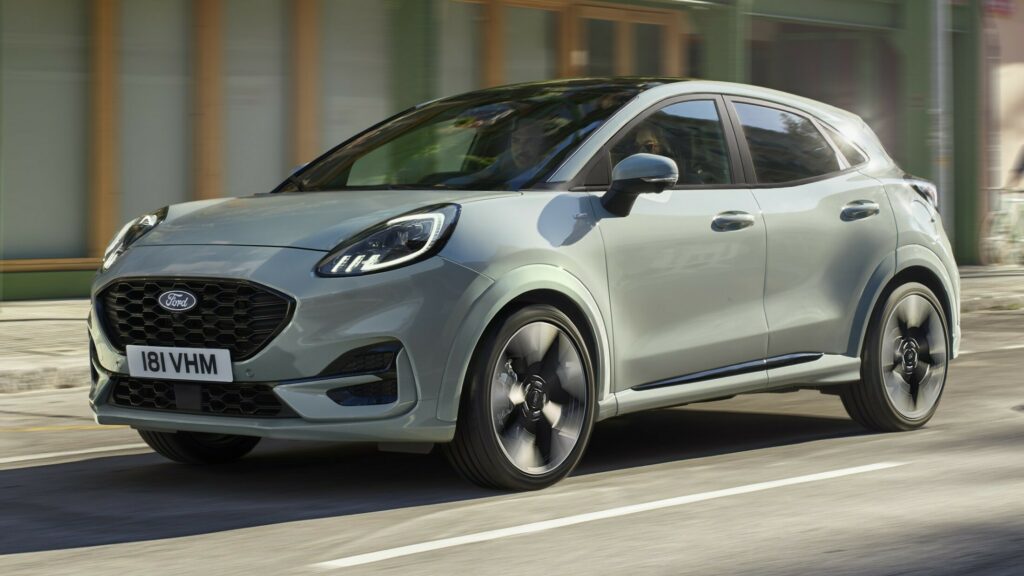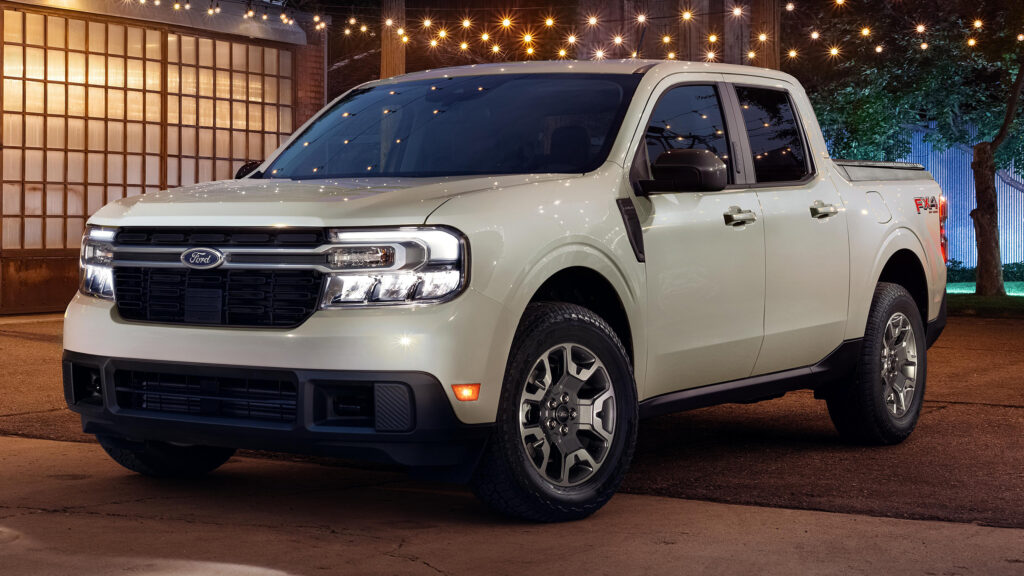- Ford CEO Jim Farley advocates for smaller, more affordable EVs to improve profitability.
- The company plans to launch a $30,000 EV by 2027 as part of this strategy.
- Ford believes that large EVs are too expensive to produce and sell profitably due to battery costs.
Ford CEO Jim Farley recently declared that US buyers need to “get back in love with smaller vehicles” as the automaker pledged to offer a more affordable EV by 2027. This bold statement got us thinking about Ford’s past offerings in smaller segments and wondering if any of them should make a comeback.
Last year, the average vehicle sold in the US weighed 4,329 lbs (1,964 kg), an increase of 1,000 lbs (454 kg) compared to 1980. While this growth can be attributed to significant technological and safety upgrades, it also results from the increase in size and the electrification trend that pushes weights upward.
More: Ford EV Sales Surge 62%, While Hybrids Jump 56%
Jim Farley believes that we should change course, trading massive trucks and SUVs for vehicles of smaller segments. During a recent interview with CNBC, the Ford CEO said: “We have to start to get back in love with smaller vehicles. It’s super important for our society and for EV adoption. We are just in love with these monster vehicles, and I love them, too, but it’s a major issue with weight.”
Farley added that “big, huge, enormous EVs” will never be profitable due to the high cost of their large battery packs, which could be as much as $50k. For this reason, the company is directing its capital toward smaller and more affordable EVs instead of electrifying the larger ones. Ford aims to introduce a $30k EV by early 2027, hoping to make it profitable within 2.5 years.
But what form could this $30k EV take? Ford is keeping its cards close to its chest regarding the body style and specs of the upcoming model, leaving room for speculation.

Ford Puma
While a subcompact hatchback or sedan isn’t out of the question, it’s hard to believe Ford would bet on such an offering for the US market, effectively ruling out an electric revival of the discontinued Fiesta and Ka nameplates. The same applies to a small and affordable coupe—like the Ford Probe—which seems irrelevant in today’s automotive landscape.
Following the recent discontinuation of the Fiesta hatchback, the mechanically-related Puma became Ford’s entry-level model in the Old Continent. The subcompact SUV received a subtle facelift for 2024 and is about to get a fully electric Puma Gen-E derivative later this year. However, a 4,186 mm (164.8 inches) long crossover would likely be way too small to capture significant market share in the US.
More: Which BMW M5 Generation Is The Best?
Moving up the ladder, the Ford Focus compact hatchback is already on death row, but its platform lives on under the Bronco Sport and Escape/Kuga compact SUVs, plus the Maverick compact pickup which has proven to be quite popular with US buyers. Should the upcoming model serve an electric alternative to one of those?
If you ask me, Ford’s $30k EV will likely adopt crossover styling cues, as high-riding models fare better in mainstream segments. Throw in some sporty flair and possibly revive the Escort name, and you’ve got an intriguing contender. Remember, Ford also introduced the new Capri in Europe as a compact electric crossover, sharing its underpinnings and proportions with the VW ID.5 coupe-SUV.





